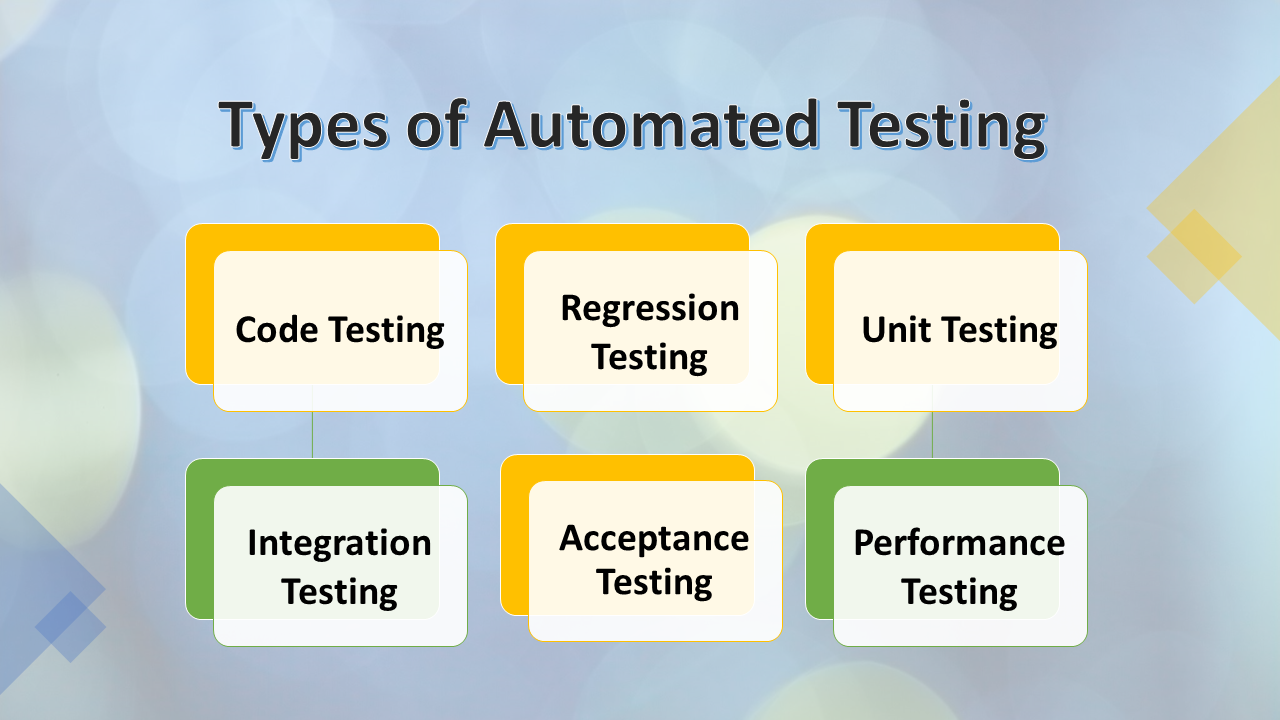Making Sure Success in Automation Evaluating: Trick Metrics, Challenges, and Solutions Every QA Group Need To Know
In the realm of software program quality control, the landscape of automation screening is ever-evolving, requiring a precise technique to guarantee smooth procedures. Secret metrics function as the compass assisting QA groups with the huge terrain of test automation, clarifying progress and areas for improvement. Nonetheless, challenges loom large, usually casting darkness on the course to success. By understanding these obstacles and carrying out reliable options, QA teams can browse through complexities with finesse. The journey to grasping automation screening is led with nuances that need an eager eye for surveillance, evaluation, and continual enhancement. automation testing. As the market thrusts forward, the quest for optimum efficiency in automation screening remains a consistent search, prompting QA teams to furnish themselves with the understanding and approaches important for triumph.
Relevance of Secret Metrics
Comprehending the relevance of vital metrics is important for evaluating the efficiency and effectiveness of automation screening procedures. Secret metrics work as measurable steps that give important insights right into various aspects of the testing procedure, such as examination insurance coverage, examination implementation time, defect density, and examination case efficiency. By examining these metrics, QA teams can determine traffic jams, inefficiencies, and locations for improvement within their automation testing structure.
One essential aspect of crucial metrics is their ability to track progression and check the overall health of the screening procedure (automation testing). They enable stakeholders to make educated choices based upon data-driven insights, which can bring about more effective testing strategies and far better resource allocation. Furthermore, vital metrics can aid teams established sensible goals, measure the success of automation campaigns, and show the ROI of automation testing efforts

Typical Difficulties Faced
Obstacles generally encountered in automation testing processes can considerably impact the total efficiency and efficiency of QA teams. One of the major obstacles is the option of the best examination cases for automation. Not all test situations are appropriate for automation, and choosing the incorrect ones can lead to wasted time and resources. Furthermore, keeping examination manuscripts can be a complicated task, especially as the application goes through frequent modifications. Examination script maintenance calls for continual updates and alterations to guarantee they show the current capability accurately. Another typical challenge is the initial investment required for establishing up automation frameworks and tools. This can be a barrier for some organizations, especially smaller sized ones with restricted budgets. Automation testing may not cover all facets of screening, such as usability and customer experience testing, which still call for hands-on treatment. Conquering these challenges calls for correct preparation, critical examination situation selection, robust maintenance processes, ample resources, and a clear understanding of the constraints of automation screening.
Reliable Solutions for Obstacles
To resolve the challenges run into in automation screening, applying effective remedies is important for boosting the performance and efficiency of QA groups. One crucial remedy is to spend in durable training programs for QA groups to ensure they have the necessary skills to successfully make use of automation tools. Training can bridge understanding spaces, improve understanding of automation frameworks, and boost scripting abilities, eventually leading to extra effective test production and implementation.
Another vital remedy is to develop clear communication networks within the QA group and with various other stakeholders, such as programmers and job supervisors. Effective interaction assists in straightening expectations, sharing development updates, and promptly dealing with problems or obstacles that might develop throughout the automation testing process.
Surveillance and Evaluation Methods
Carrying out reliable tracking and evaluation techniques is vital for guaranteeing the success and performance of automation testing procedures. In addition, evaluating examination outcomes and metrics offers useful understandings into the high quality of the software program being tested and the efficiency of the screening strategy.
One key method in surveillance and evaluation is making use of control panels that settle relevant metrics and KPIs in a visually obtainable format. These dashboards use a detailed overview of test execution condition, examination coverage, flaw fads, and other essential information. Frequently assessing and analyzing these dashboards can assist QA groups make notified choices, focus on jobs, and optimize testing efforts.
Additionally, executing automated signals and notifications based on predefined limits can enhance aggressive surveillance and prompt treatment. By establishing signals for efficiency inconsistencies or examination failings, groups can address problems quickly and avoid them from escalating. In general, surveillance and evaluation strategies play a vital function in making certain the performance and success of automation screening efforts.
Constant Improvement Techniques
Enhancing the efficacy of automation testing procedures necessitates the constant refinement of methods and approaches. One crucial approach to improving automation testing procedures is to conduct routine testimonials and retrospectives.

Verdict
In final thought, it is essential for QA groups to understand the vital metrics, difficulties, and remedies in automation you could try these out testing to make certain success. By carefully keeping an eye on and examining information, implementing reliable services to usual challenges, and constantly improving methods, QA groups can enhance their screening processes and provide high-grade software. Sticking to these techniques will ultimately cause more reliable and reliable automation screening methods.
By evaluating these metrics, QA groups can identify bottlenecks, ineffectiveness, and areas for renovation within their automation testing structure.
Additionally, essential metrics can assist teams established sensible objectives, measure the success of automation efforts, and demonstrate the ROI of automation screening efforts.
Difficulties generally experienced in automation testing processes can dramatically impact the overall efficiency and efficiency of QA groups. Automation testing may not cover all elements of screening, such as linked here use and customer experience screening, which still call for hand-operated treatment.In verdict, it is crucial for QA groups to recognize the vital metrics, obstacles, and solutions in automation screening to ensure success.
Comments on “Efficient Automation Testing: Enhancing Software Application Dependability and Speed”